In a highly competitive field like veterinary medicine, financial planning is essential rather than optional. Veterinary financial management is crucial for career growth and sustainability, as establishing a financial framework guarantees smooth operations and performance. It ensures covering everyday expenses like salaries, rent, and supplies, preventing interruptions that may impact service quality.
A financially stable practice also has opportunities for growth through investments in new technologies or additional locations. Although smaller practices do not require extensive accounting expertise, larger practices may need more specialized financial knowledge.
1. Considering Budgeting in Veterinary Financial Management Plan.
Budgeting is essential for long-term financial stability. It helps plan for expected expenses, establish financial goals, and make informed decisions about resource allocation.
Key Aspects of Budgeting
- Expense Control: Ensures that salaries, supplies, and other operational needs are adequately funded, including emergencies.
- Long-Term Investments: Plans for significant purchases or expansions without compromising financial stability.
2. Maximizing Revenue Streams
Generating revenue is the only way to ensure the practice’s sustainability. A practice can’t stand still or meet its obligations without revenue. Enhancing revenue in a veterinary practice requires a solid understanding of the revenue cycle.
The revenue cycle in veterinary practices involves five successive stages:
A. Appointment Scheduling
Effective management of appointment scheduling significantly increases revenue generation rates. Revenue begins well before the actual exchange of money; providing convenient facilities (like phone and internet options) and considering client behaviours can positively impact scheduling.
B. Check-in
During check-in, greet the client and their pet, update or confirm client data, and gather a brief overview of the visit’s purpose. This can be done on paper or through practice management software.
C. Client Compliance
After check-in and examination, the veterinarian determines the suitable treatment protocol, which may involve laboratory tests, medication, vaccinations, or surgical procedures. Clients must be informed of all details and costs, allowing them to provide consent or decline treatment.
D. Charges Capturing
Once consent is provided, fees are documented using a travel sheet or super bill, which is then recorded in the system. Accuracy at this stage ensures that all services are recorded, preventing potential losses.
E. Billing
After fees are recorded, payment should be collected from the client, noting that part of the fees may be delayed until treatment completion.
In Conclusion: A comprehensive veterinary financial management framework must ensure accuracy and transparency at every stage of the revenue cycle, from appointment scheduling and check-in to charge capture and billing. To enhance revenue, the plan must include:
- Clearly defined payment policies to prevent confusion or financial loss.
- Streamlined processes for data entry, billing, and payment collection.
- Fee adjustments that reflect client budgets, market conditions, and staff efforts.
3. Controlling Expenses without Sacrificing Quality
Expense control plays a crucial role in the practice’s financial stability. Expenses in veterinary practices are categorized into two types:
- Short-Term Expenses: Salaries, supplies, rent, maintenance, and emergencies.
- Long-Term Expenses: Practice liabilities such as debts and depreciation.
Controlling expenses ensures profitability, prevents unnecessary spending, and helps allocate resources appropriately, which ultimately reflects the quality of services.
Strategies for Expense Control in Veterinary Financial Management:
- Maintain a detailed statement of income and expenses.
- Present expenses as a percentage of the budget to reflect changes and necessary adjustments.
- Conduct year-to-year comparisons.
- Monitor expenses regularly, whether annually or quarterly.
4. Effective Cash Flow Management in Veterinary Financial Management
The veterinary financial management framework must prioritize cash flow tracking to ensure the following:
- Adequate Liquidity: To meet daily operational needs.
- Efficient Planning: For significant investments or unexpected emergencies.
- Transparency and Accuracy: To avoid risks of errors or embezzlement.
Key Strategies for Cash Flow Management:
- Daily Reconciliation: Ensure accurate transaction recording.
- Duties Separation: Assign an employee for each type of transaction.
- Regular Audits: Conduct both internal and external audits.
- Utilize Information Technology: Track cash flow and generate reports effectively.
- Monitor Accounts Receivable: Ensure timely payment collections and avoid debt accumulation.
5. Regular Financial Reporting
Financial reporting is crucial in the veterinary financial management system as it provides a clear view of the practice’s financial health.
Key Benefits of Financial Reporting:
The financial report should be well-designed, straightforward, and detailed to provide practice owners with:
- Strategic Decision-Making: Insights into revenues, expenses, and liquidity.
- Transparency: Internally (for staff and management) and externally (for investors and regulatory bodies).
- Performance Tracking: Comparison of results against budgets to identify areas needing adjustments.
Methodologies in Financial Reporting:
There are two primary accounting methods used in financial reports:
- Cash-Based Accounting: Revenue and expenses are recorded when cash is received or paid. This method is simple and ideal for small practices.
- Accrual-Based Accounting: Revenue and expenses are recorded when services are performed, regardless of when cash is exchanged. This approach is more complicated but it’s suitable for organizations or practices with annual income exceeding $10 million.
Conclusion
Veterinary financial management is an essential aspect that cannot be overlooked when establishing a veterinary practice. It plays a critical role in ensuring the sustainability of the practice, maintaining service quality, and fostering growth and expansion opportunities. Effective financial management involves careful budgeting, robust revenue enhancement strategies, efficient expense control, accurate cash flow monitoring, and consistent financial reporting.
Tip
Do You Want To Increase Your Veterinary Knowledge and Practical Skills?
You Can Now Browse and Download +3000 Veterinary Books Online In All Veterinary Fields.
Download All Veterinary Books



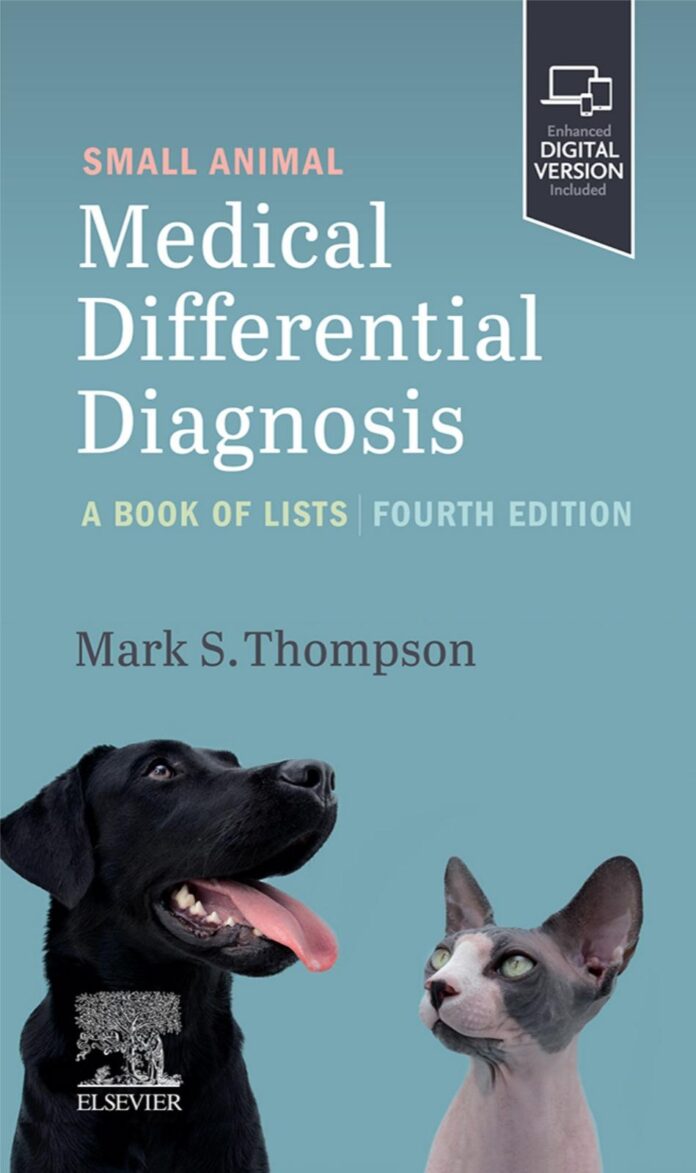


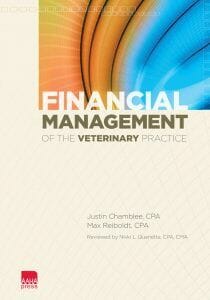
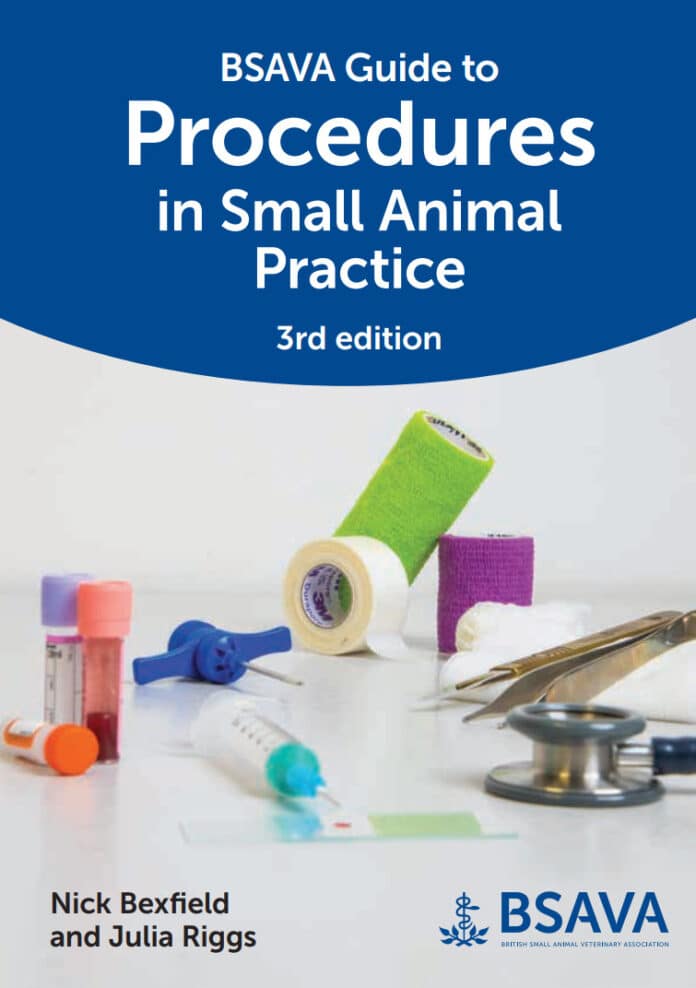
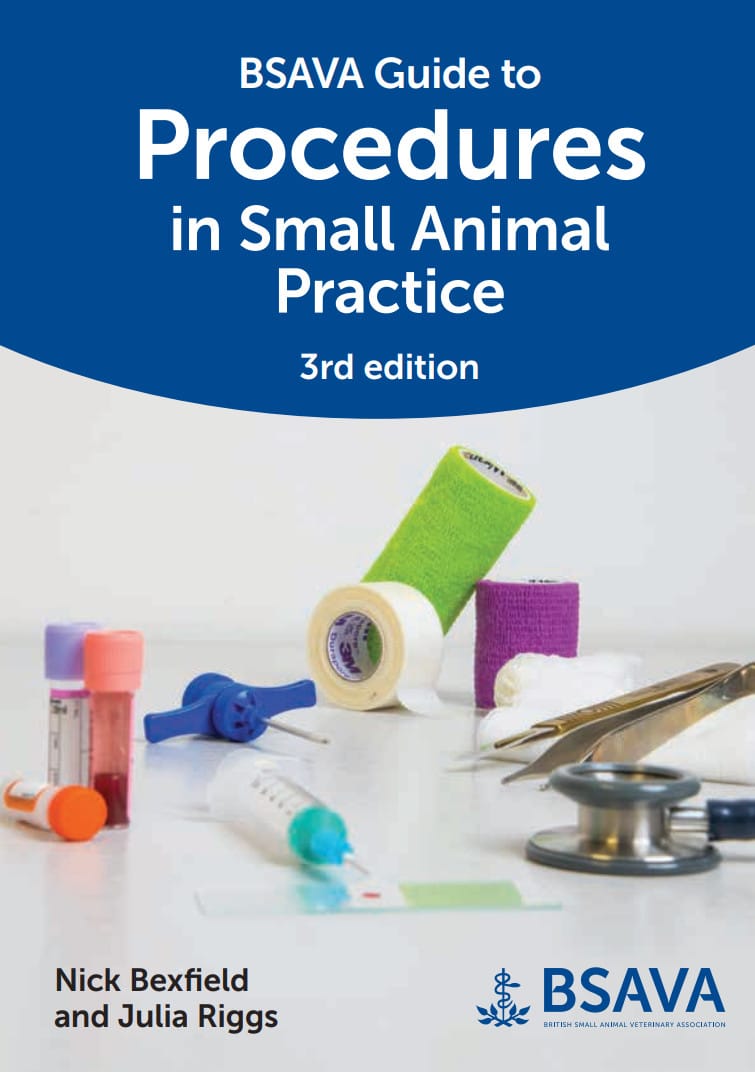
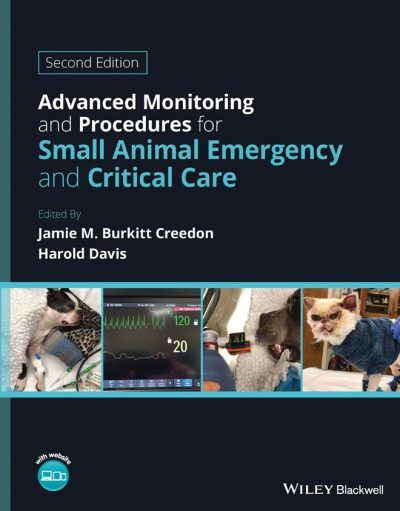


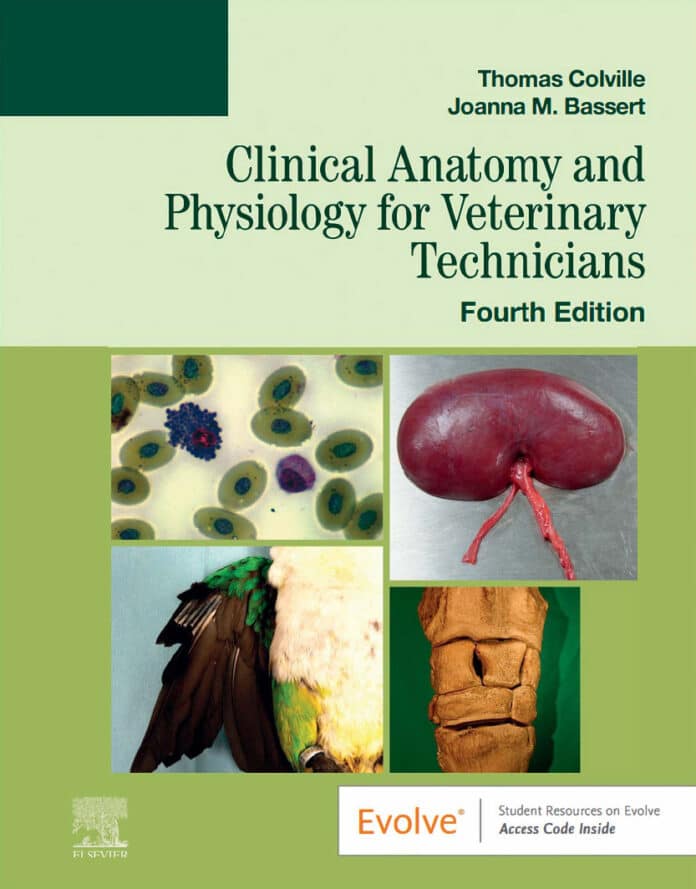
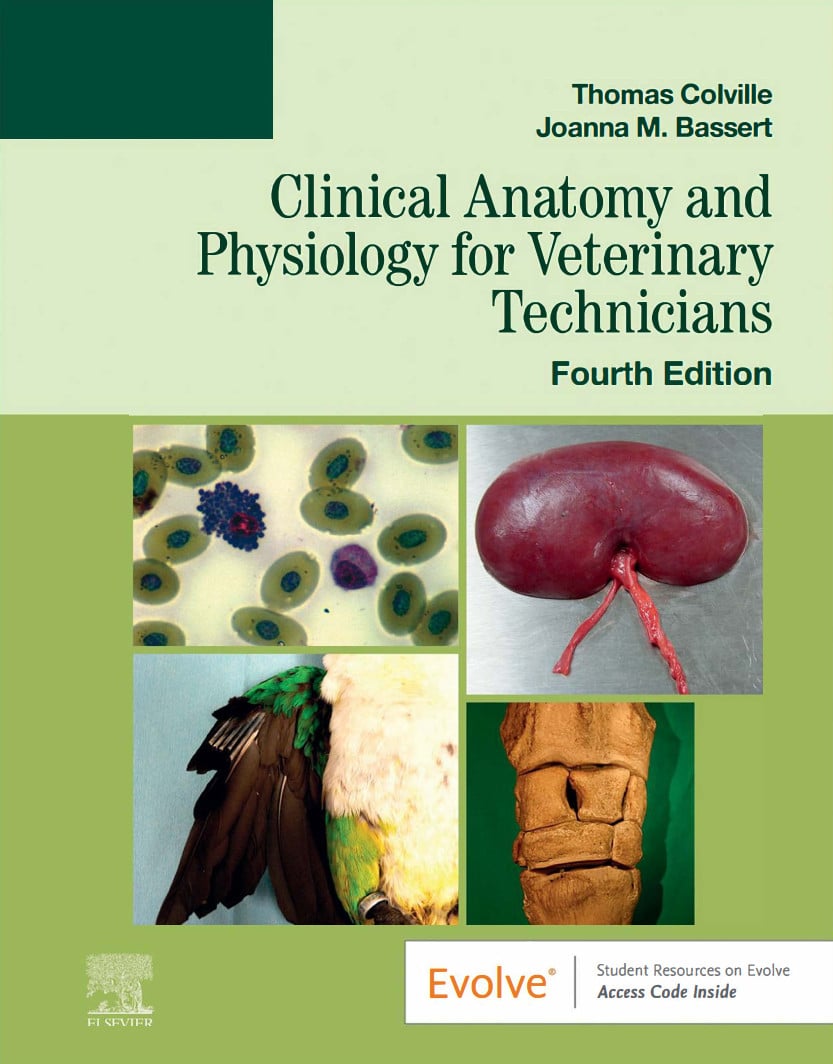
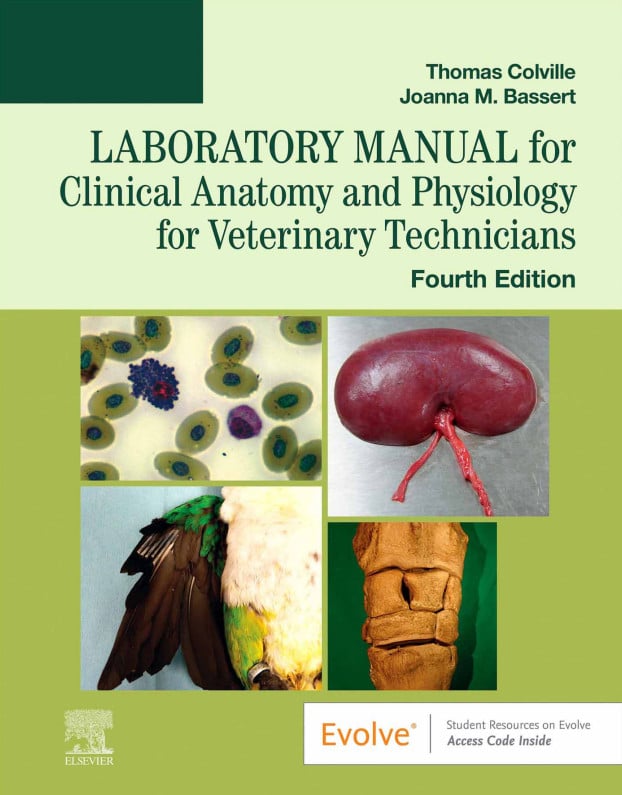
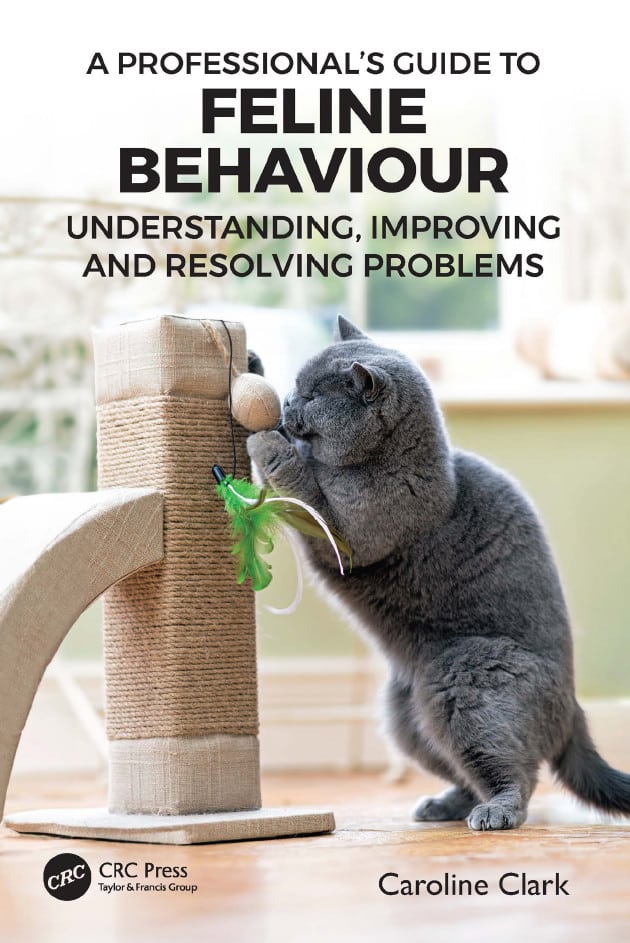





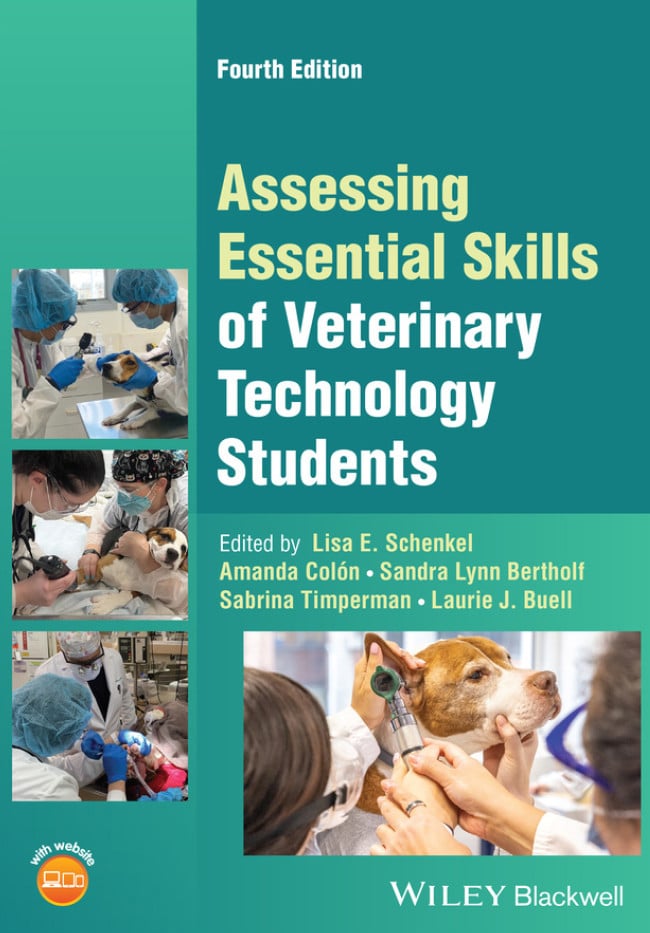
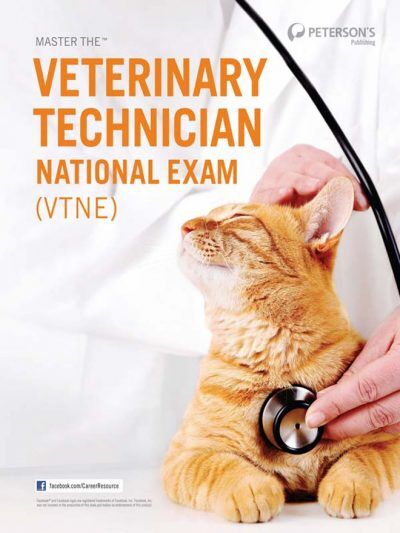




![Ettinger’s Textbook of Veterinary Internal Medicine 9th Edition Ettinger’s Textbook of Veterinary Internal Medicine 9th Edition [True PDF+Videos]](https://www.vet-ebooks.com/wp-content/uploads/2024/10/ettingers-textbook-of-veterinary-internal-medicine-9th-edition-100x70.jpg)

![Textbook of Veterinary Diagnostic Radiology 8th Edition [PDF+Videos+Quizzes] Thrall’s Textbook of Veterinary Diagnostic Radiology, 8th edition PDF](https://www.vet-ebooks.com/wp-content/uploads/2019/09/textbook-of-veterinary-diagnostic-radiology-8th-edition-100x70.jpg)






